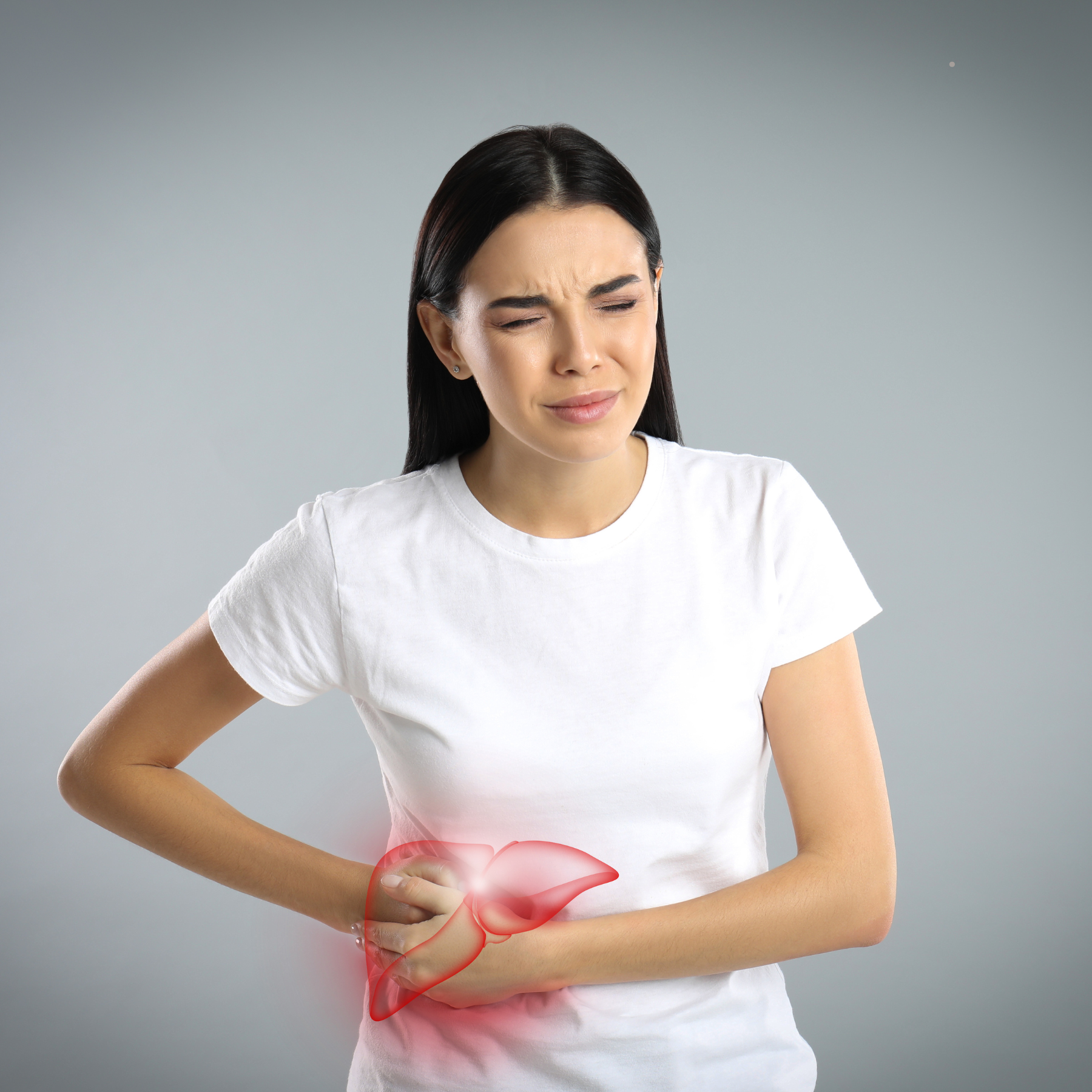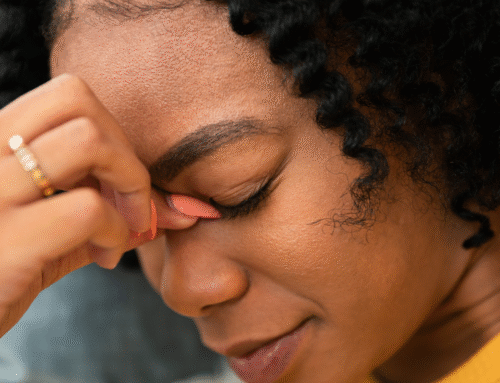A Chinese Medicine Perspective on Supporting Liver Health Naturally
The liver is one of the most vital organs in the body—responsible for filtering toxins, producing bile, storing nutrients, and regulating blood flow. In Traditional Chinese Medicine (TCM), the Liver is also seen as the energetic commander of smooth Qi flow, emotional balance, and Blood storage. When the liver is compromised, the effects are felt throughout the entire body.
Liver cirrhosis is a late-stage condition characterized by progressive scarring (fibrosis) of liver tissue. As scar tissue replaces healthy cells, the liver loses its ability to function properly. While often associated with alcohol abuse, cirrhosis can also stem from chronic hepatitis, fatty liver disease, autoimmunity, or long-term exposure to toxins.
But here’s the encouraging news: with awareness, early intervention, and lifestyle support—including acupuncture, herbal medicine, and dietary therapy—it’s possible to slow progression, reduce symptoms, and support overall liver function.
Let’s explore the risks and remedies of liver cirrhosis from both a Western and Eastern perspective.
What Causes Liver Cirrhosis?
In Western medicine, liver cirrhosis typically develops after years of chronic liver inflammation. Common causes include:
-
Chronic alcohol use
-
Hepatitis B or C infection
-
Nonalcoholic fatty liver disease (NAFLD)
-
Autoimmune hepatitis
-
Exposure to toxins or long-term medication use
-
Metabolic and genetic disorders
Over time, inflammation leads to fibrosis, which then hardens into scar tissue. As scar tissue increases, blood can no longer flow freely through the liver, impairing its detoxifying, nutrient-processing, and hormone-regulating functions.
TCM View: Understanding Liver Cirrhosis Energetically
From a Chinese medicine perspective, liver cirrhosis isn’t just about scarring—it’s seen as the result of deep internal imbalances involving Qi, Blood, Dampness, and Heat.
Some common patterns related to cirrhosis in TCM include:
-
Liver Qi stagnation: Often rooted in emotional stress, this leads to poor circulation and energetic “blockages,” setting the stage for more serious dysfunction.
-
Liver Blood stasis: When Qi is stagnant, Blood follows. This results in hard masses, darkened complexion, or fixed abdominal pain.
-
Spleen Qi deficiency with Damp accumulation: Weak digestion leads to internal Dampness and Phlegm, which congests the Liver and contributes to fatty liver and swelling.
-
Liver and Kidney Yin deficiency: Long-standing Heat and dryness can damage Yin, causing dryness, weakness, insomnia, night sweats, and further Liver vulnerability.
-
Toxin accumulation (Du Xie): When the Liver can’t filter toxins, pathogenic factors accumulate and further damage tissues.
In short, TCM views cirrhosis not as a single disease, but a syndrome involving multiple imbalances that must be addressed holistically and constitutionally.
Signs and Symptoms to Watch For
In early stages, liver cirrhosis may have no obvious symptoms. As it progresses, signs may include:
-
Fatigue and weakness
-
Loss of appetite or unintentional weight loss
-
Bloating, especially in the abdomen
-
Yellowing of the skin or eyes (jaundice)
-
Itchy skin
-
Spider veins or easy bruising
-
Confusion or brain fog (signs of hepatic encephalopathy)
-
Menstrual irregularities or hormone imbalance
-
Swelling in the legs or feet
In TCM, other signs may include a dark or purplish tongue, a wiry or choppy pulse, or emotional symptoms like irritability, frustration, or depression—all classic signs of Liver Qi and Blood disharmony.
Natural Remedies and TCM Strategies for Support
While cirrhosis cannot be reversed once scar tissue has developed, early intervention and holistic care can improve liver function and quality of life. Here’s how Chinese medicine approaches healing:
1. Acupuncture to Soothe the Liver and Move Qi
Acupuncture helps regulate Liver Qi, ease emotional tension, and improve blood circulation. It also supports the digestive system and encourages the smooth flow of bodily fluids, reducing symptoms like bloating, pain, or brain fog.
Common points used may include:
-
LV-3 (Taichong) – Moves Liver Qi
-
SP-6 (Sanyinjiao) – Strengthens the Spleen and nourishes Yin
-
ST-36 (Zusanli) – Boosts overall energy and digestive function
-
UB-18 (Liver Shu point) – Tonifies Liver function
2. Chinese Herbal Medicine
Herbal formulas are tailored to your unique constitution and disease stage. Depending on your pattern, herbs may be used to:
-
Nourish Yin and Blood
-
Clear Heat and toxins
-
Invigorate Blood and dissolve masses
-
Strengthen Spleen Qi and drain Dampness
Examples of commonly used herbs include:
-
Dan Shen (Salvia) – Moves Blood and reduces stasis
-
Zhi Zi (Gardenia) – Clears Heat from the Liver
-
Yin Chen Hao – Reduces jaundice and supports bile flow
-
Bai Zhu – Tonifies the Spleen and dries Dampness
Always consult a licensed herbalist to ensure the right formula for your stage and presentation.
3. Dietary Therapy: Eating for the Liver
Food is medicine in Chinese medicine. For those with liver conditions, we recommend:
-
Warm, cooked foods that are easy to digest
-
Bitter greens like dandelion, mustard, or arugula to stimulate bile flow
-
Beetroot and carrots to nourish Blood
-
Goji berries and black sesame seeds to support Liver and Kidney Yin
-
Avoiding alcohol, fried foods, raw/cold meals, and heavily processed items
Meal timing and moderation are also important. Avoid overeating and support the Spleen by eating at regular intervals and chewing thoroughly.
Lifestyle Tips for Liver Health
-
Emotional regulation: The Liver is affected deeply by emotions, particularly anger and frustration. Qi Gong, journaling, and acupuncture can help release emotional tension and prevent Qi stagnation.
-
Sleep before 11 pm: According to the TCM body clock, the Liver begins its detox process between 11 pm–3 am. Going to bed early supports this natural rhythm.
-
Gentle movement: Daily walking, stretching, or Tai Chi encourages healthy circulation and supports emotional balance without overexerting the body.
-
Avoid liver toxins: Alcohol, medications processed by the liver (when unnecessary), and environmental toxins should be minimized or eliminated.
Final Thoughts: Hope, Support, and Balance
Liver cirrhosis is a serious condition, but it doesn’t have to be hopeless. Chinese medicine offers a gentle, whole-body approach that focuses on prevention, early intervention, and restoring harmony at every stage of imbalance.
Whether you’re managing early signs of liver dysfunction, supporting recovery after a diagnosis, or simply looking to strengthen your liver function, acupuncture and Chinese medicine can help.







Leave A Comment